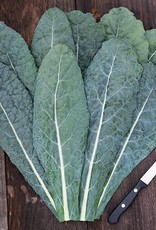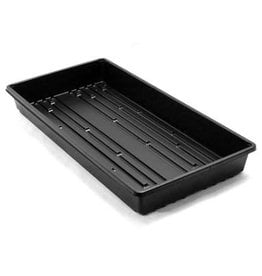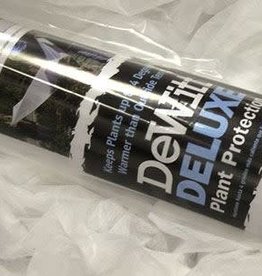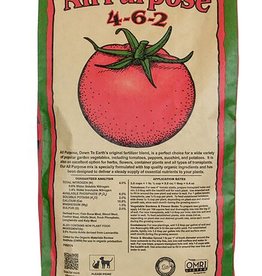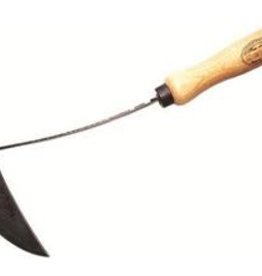HM Lacinato Kale 1/32 OZ
| Availability: | In stock (14) |
Photo and Description Credit - High Mowing Seeds
Days to Maturity: 30 days baby - 60 full size
Unique blue-green savoyed leaves on extremely vigorous plants.
One of our most tender kale varieties; ideal for raw kale salads and soups. Leaves are very dark blue-green and heavily savoyed, sweetening with each frost. Also known as Dinosaur or Tuscan kale. Our strain is exceptionally large, vigorous and cold tolerant.
- Improved vigor, yield and hardiness
- 30-40" tall
5.6-9.4M (7.5M avg) seeds/oz, 90-150M (120M avg) seeds/lb. M=1,000. 1/32 oz approx. 225 seeds.
Direct Seeding Rate:
Baby, 60 seeds/foot in a 2’ band in rows 2-6’ apart. Full size, 3 seeds every 12”, thin to 1 plant in rows 18-36” apart. Transplants: 12-18” apart in rows 18-30” apart.
All seed specifications are an average measurement of seeds per ounce based on crop type and are not specific to individual varieties.
Cultural Info
Kale and collards are hardy biennials that will overwinter in milder climates, and improve in flavor with the onset of cold weather. They are in the Brassicaceae family, sharing species name Brassica oleracea with cauliflower, cabbage, broccoli, brussels sprouts, and kohlrabi.
- Scotch - Deeply curled and wrinkled leaves. Very hardy.
- Siberian or Russian – Flat leaves with lobed edges. Most tender.
- Lacinato – Dark green savoyed blade shaped leaves.
- Collards – More heat tolerant. Giant round leaves.
Soil Nutrients and Requirements
Kale and Collards thrive in well drained fertile soil high in organic matter, with pH 6.0- 7.5. They can tolerate slightly alkaline soil. A general guideline is 2-3 lbs of 8-16-16 fertilizer over 100 sq ft of garden area two weeks before planting. If boron is not present in your soils, consider adding 1 Tbs per 100 sq ft.
Seeding Depth
1/4-1/2".
Plant Spacing
Babyleaf- Direct seeding: ~60seeds/ft in 2-4" bands; Full Size- 12-18”
Row Spacing
18-30” for full size
When to Sow
Days to maturity are from direct seeding, subtract 2 weeks if transplanting. Direct sow as soon as soil can be worked or start transplants 4 weeks before planting date. Plant baby leaf every 4-5 weeks for a continual harvest. Sow fall plantings two months before first expected frost for full size and up until frost for baby leaf.
Harvest
Harvest full size leaves when desired. Kale flavor sweetens after light frosts. Kale and collards are both very cold hardy, overwintering in most climates to some degree.
Storage
Cool leaves in cold water at harvest and store in plastic in fridge. In late fall, cut the heart of the plant and store just above freezing in a plastic bag for a few weeks.
Pest Info
Kale and collards do not usually suffer too much from pest damage, but they are subject to the same insect pests as cabbage, cauliflower, and broccoli.
- Insect pests, including cabbage looper, imported cabbage worm, and diamondback moth are largely of the Lepidoptera order and can thus be controlled by Bacillus thuringiensis (such as Dipel DF) and/or spinosad, preferentially in rotation with one another to prevent build-up of resistant individuals.
- Flea beetles chew small holes in the leaves and are most detrimental when plants are young; use row cover (make sure edges are sealed) or application of Pyganic™, neem or capsaicin products to control populations.
Disease Info
In general, kale and collards do not suffer much from disease. They can be affected by Black Rot, caused by the bacterium Xanthomonas campestris and Club root, caused by the soil borne fungus Plasmodiophora Brassica. Prevention includes resistant varieties, crop rotation, removal or tillage of plant debris, eliminating cruciferous weeds, and handling plants in dry conditions.


